Ceramic foam is a type of porous ceramic material that is made by adding a foaming agent to a ceramic slurry and then firing it at high temperatures. The resulting material has a three-dimensional network of interconnected pores, which gives it unique properties such as high thermal and chemical resistance, excellent filtration capabilities, and high mechanical strength.
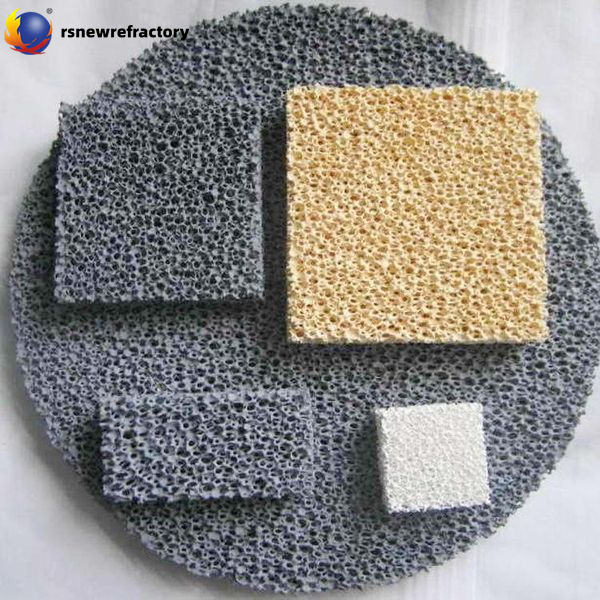
Foam ceramics details
| Marca | Densitate în vrac,g/cm3 | Porosity % | Cold Crush StrengthMPa | Thermal shock stability 1100℃ cycle | High Temperature Bending strength1200℃ MPa |
| PTW-G | 0.4~0.85 | ≥76 | ≥1.2 | ≥2 | ≥0.6 |
| PTW-T | 0.36~0,5 | ≥80 | ≥1,0 | ≥2 | ≥0.6 |
| PTW-L | 0.3~0,5 | ≥80 | ≥0.8 | ≥2 | ≥0.4 |
| Specificație: customized size; Hole density 0~50PPI | |||||
Ceramic foam filter material
The basic materials of foam ceramic filters are silicon carbide, zirconium oxide, and aluminum oxide.

Applications of foam ceramics
- Catalyst carrier material
Foam ceramics have high specific surface properties. As a catalyst carrier, they can increase the effective contact area and enhance the catalytic effect. Because of their advantages such as heat resistance, non-pollution, not being easily poisoned, and low cost, they have been widely used in automobile exhaust, industria chimica, and other fields to treat toxic and toxic substances: foul smell and other harmful gases. - Insulating materials
The closed pores in foam ceramics reduce heat release efficiency and reduce convection in heat propagation. They have excellent properties such as low thermal conductivity and thermal shock resistance, and are excellent heat-resistant materials. - Burner
As a porous medium burner, foam ceramic material can reduce the flame temperature through the good heat exchange rate of the ceramic material, and perform premixed combustion of various fuels in or near the surface of the inert porous ceramic, saving energy and significantly reducing COX and NOX. emission. - Sound-absorbing materials
Foam ceramics have a large number of pores with a three-dimensional network structure. The incoming sound waves cause the air in the pores to vibrate and cause friction in the ceramic tendons. The viscosity effect causes the sound waves to be converted into heat and disappear, achieving the effect of absorbing sound. - Biological materials
Porous hydroxyapatite ceramics are very similar to the inorganic components of human bones and teeth. They are non-toxic to the human body and have high biocompatibility and biological activity. Their interconnected pores are conducive to the microcirculation of tissue fluid and promote the infiltration of cells. and growth.
Preparation technology of ceramic foam filter
The main processes for preparing foam ceramics include the organic (polymer) foam infiltration process, foaming process, pore-forming agent addition process, sol-gel process, and gel injection molding process.
Introducere companiei Rongsheng

Rongsheng Company este un furnizor profesionist de materiale refractare, cu 10 ani de experiență în export, exportând în mai mult de 80 ţări. Principalele produse ale companiei Rongsheng includ diverse cărămizi refractare, materiale refractare neformate, materiale metalurgice, materiale termoizolante, și așa mai departe.
 Fabrica de refractare Rongsheng
Fabrica de refractare Rongsheng
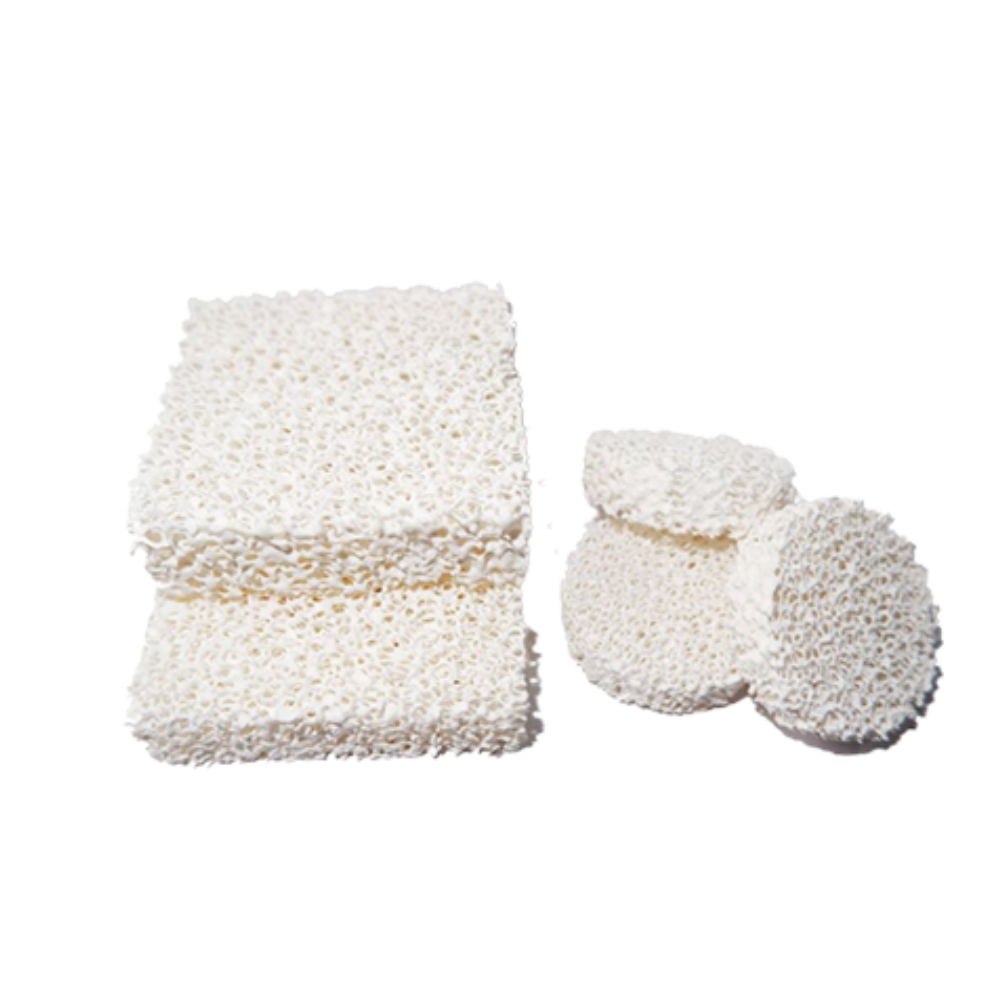

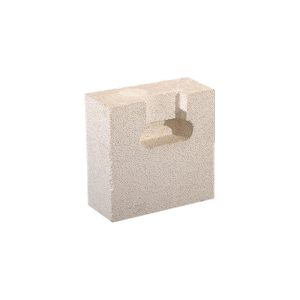

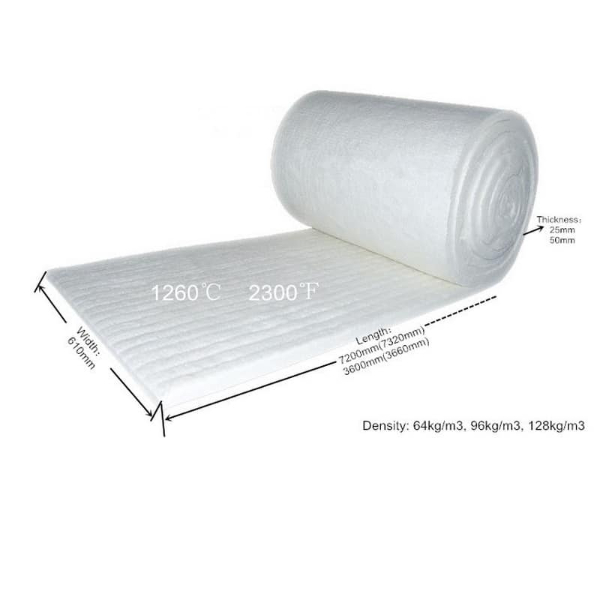

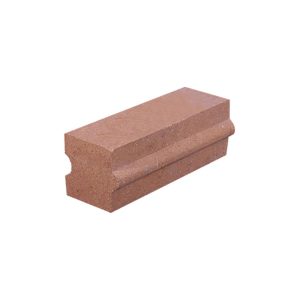
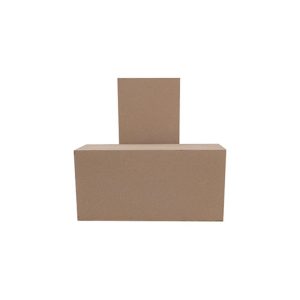

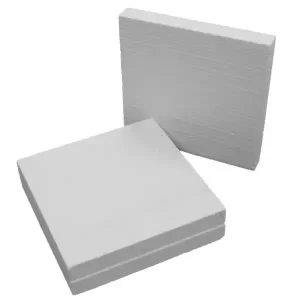
WeChat
Scanați codul QR cu wechat